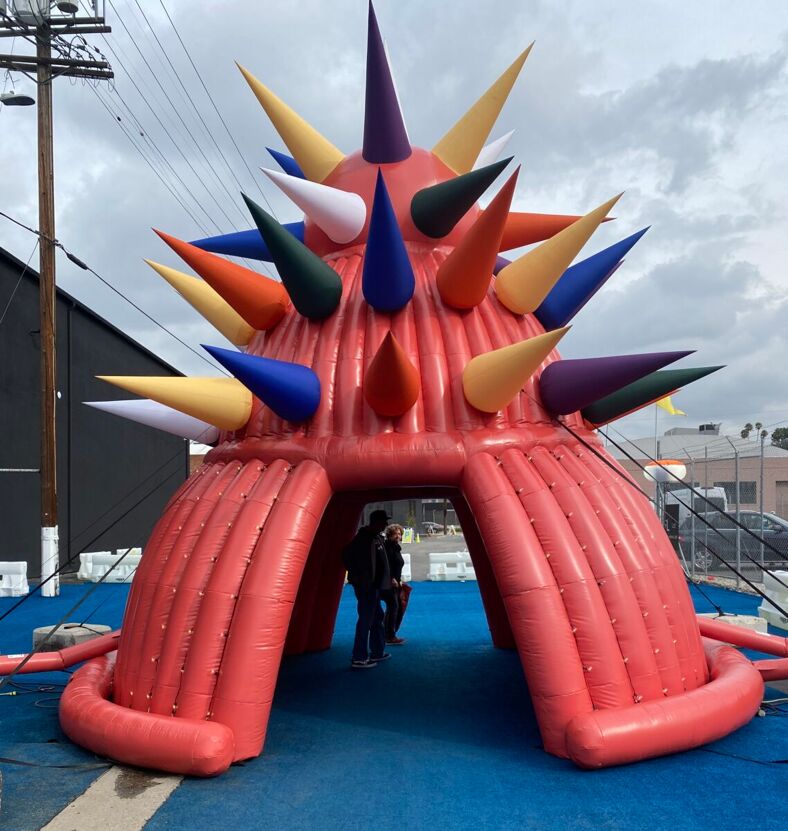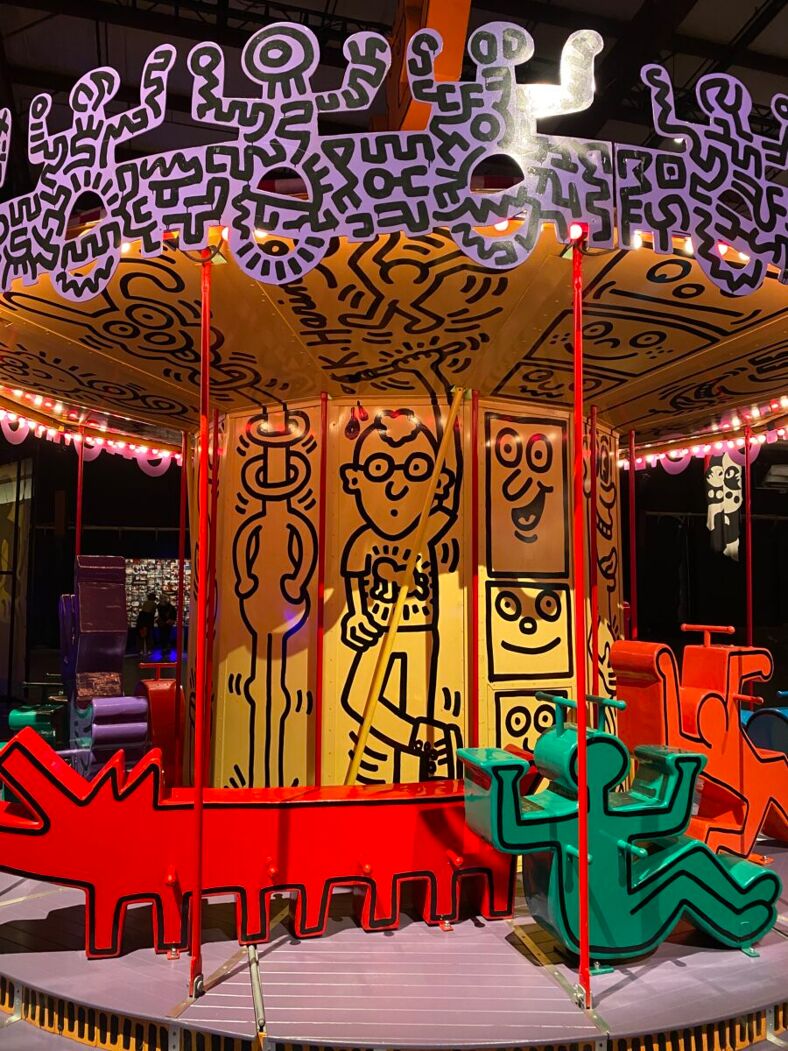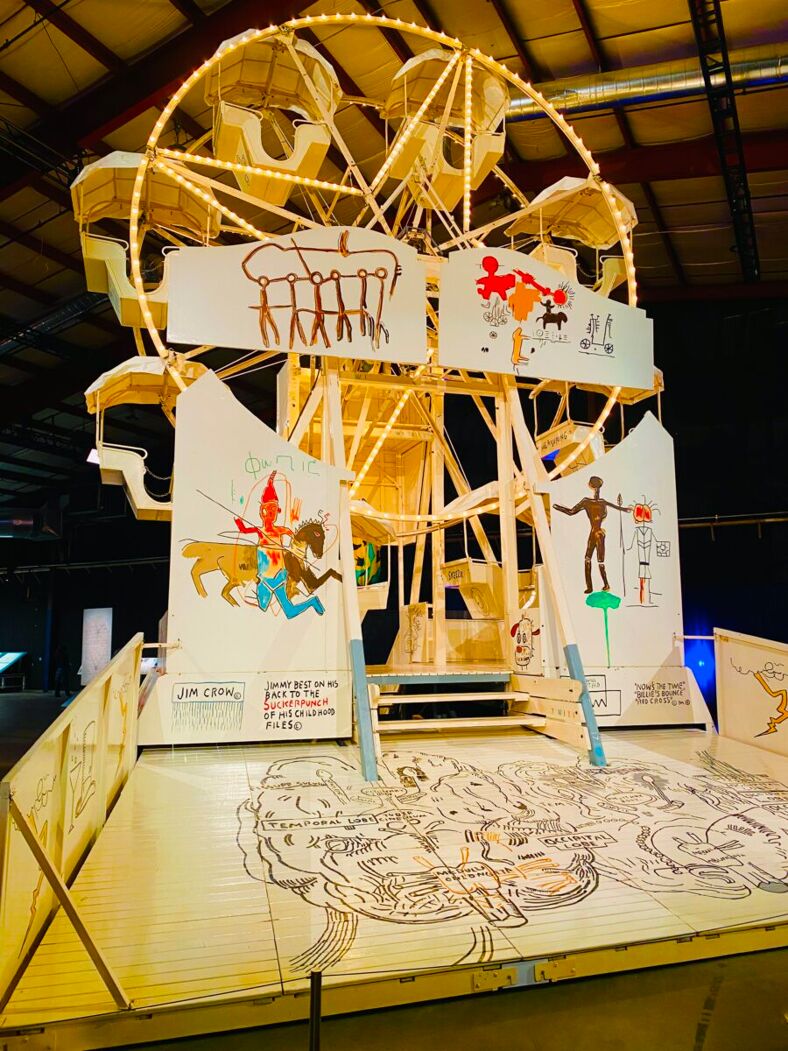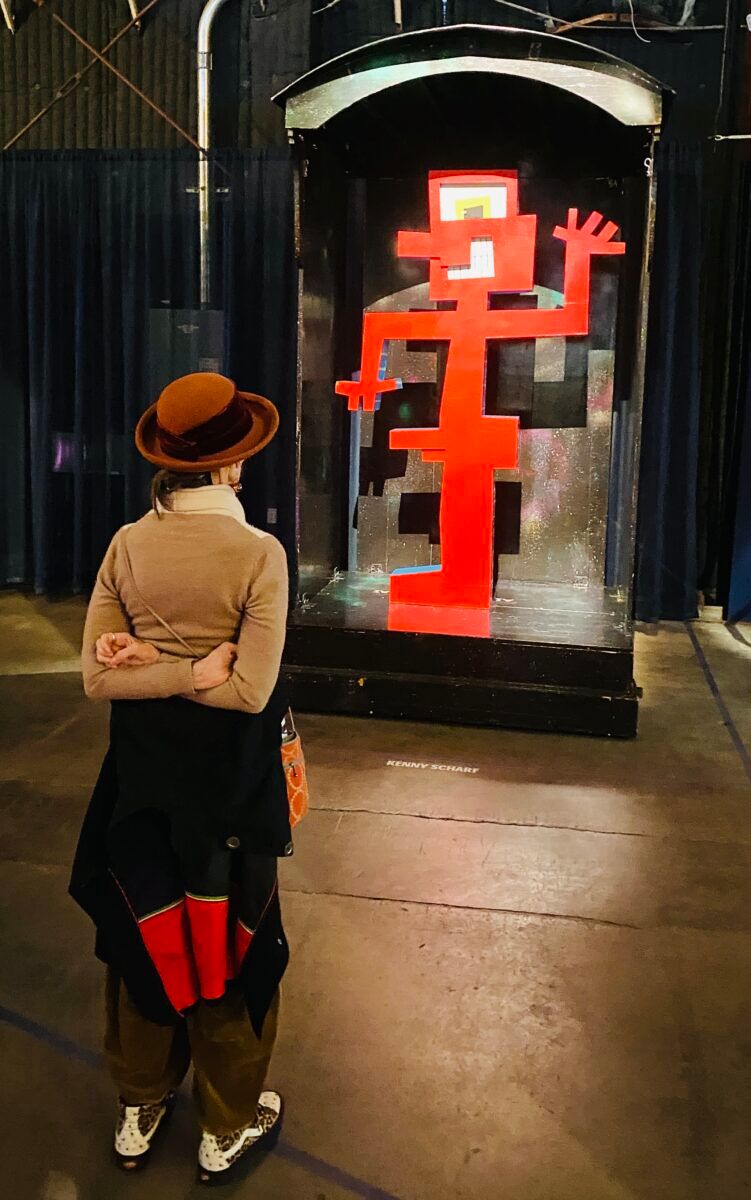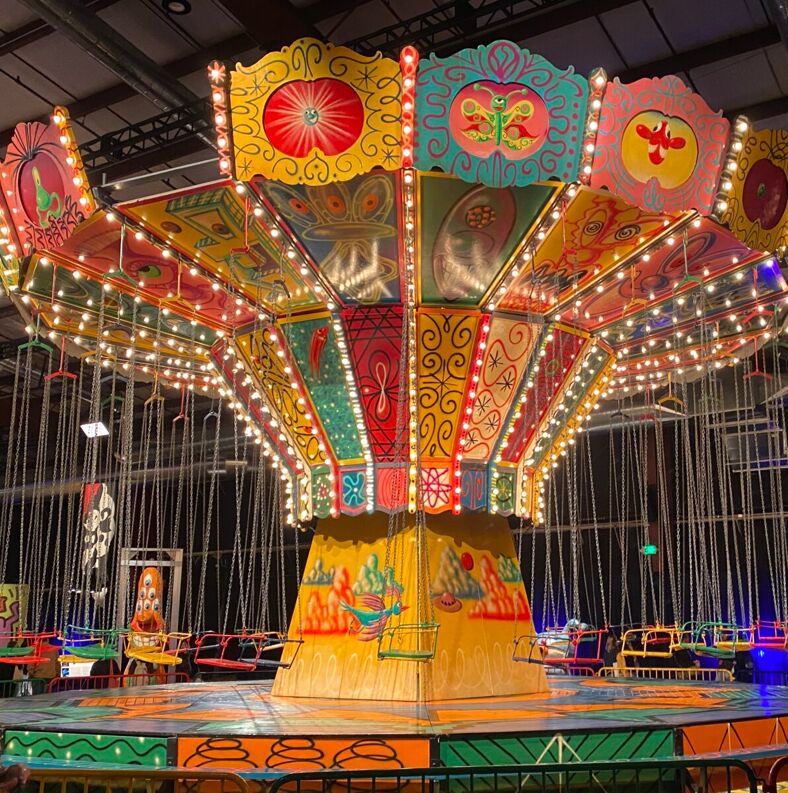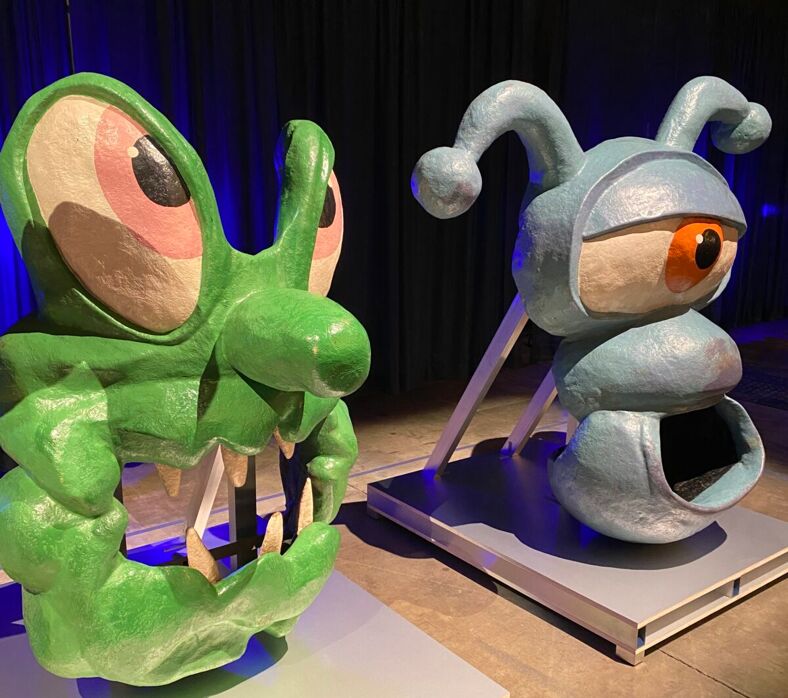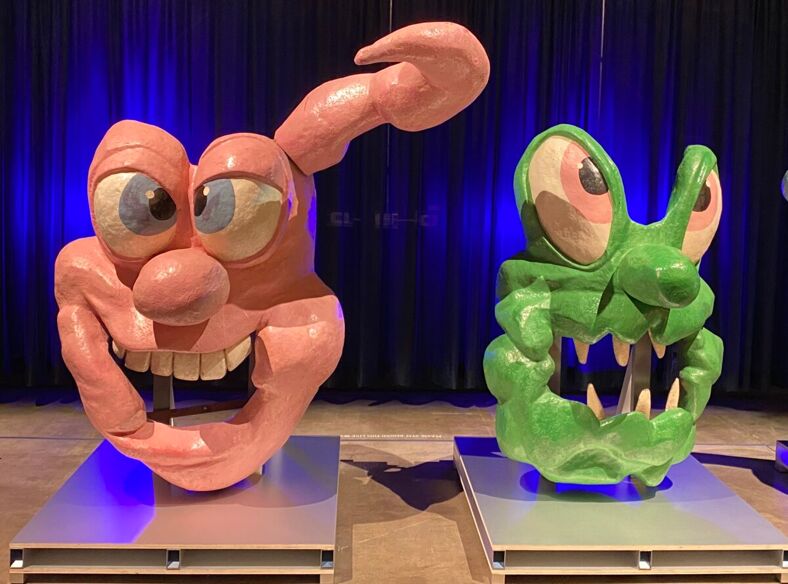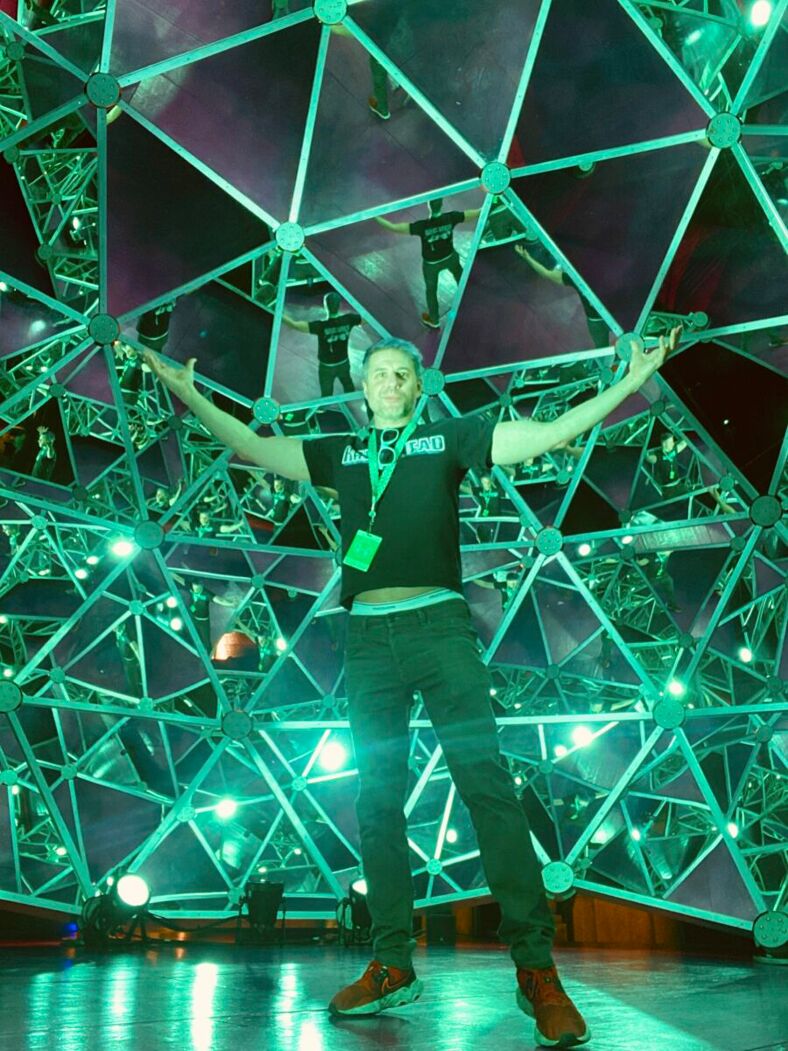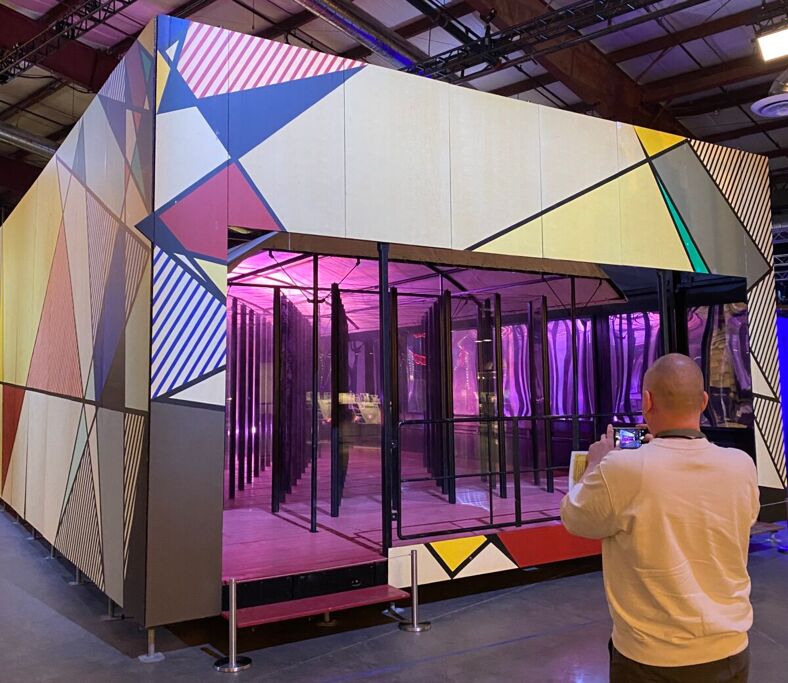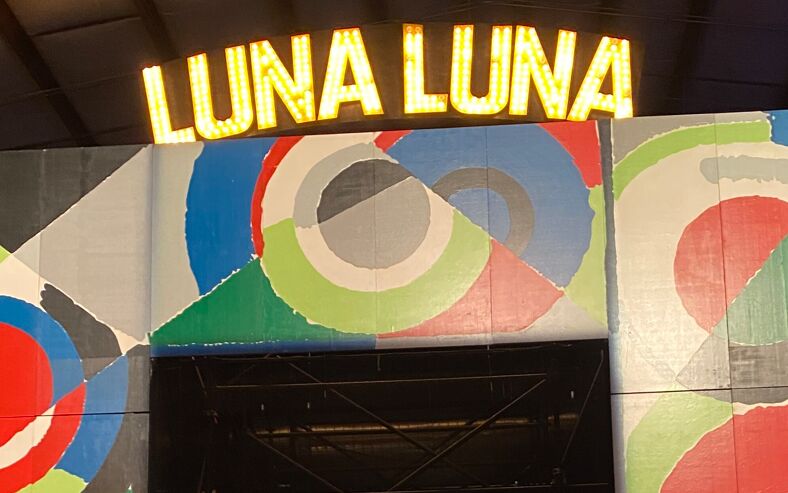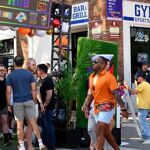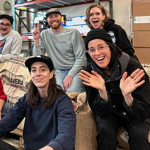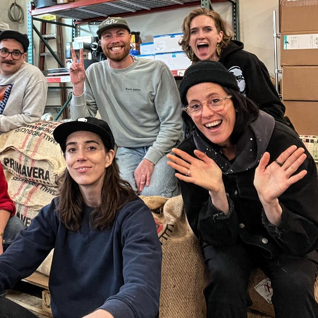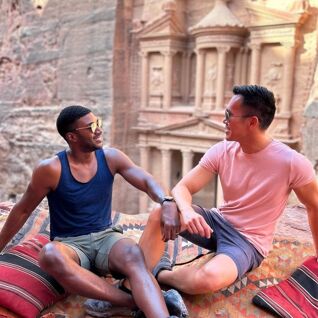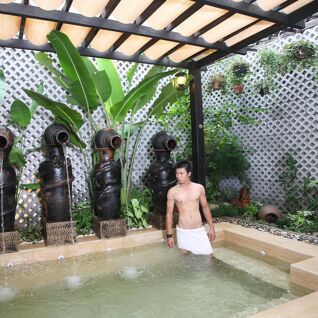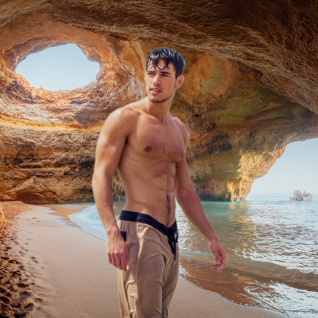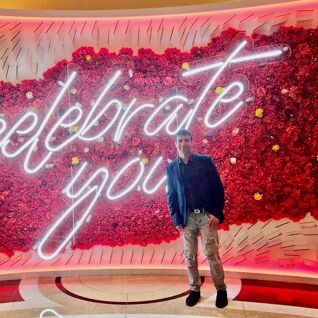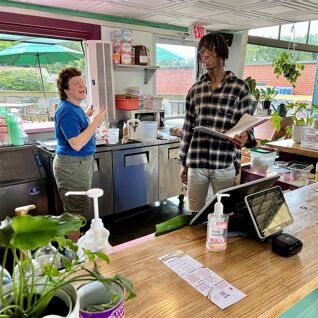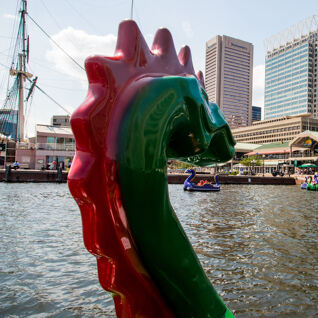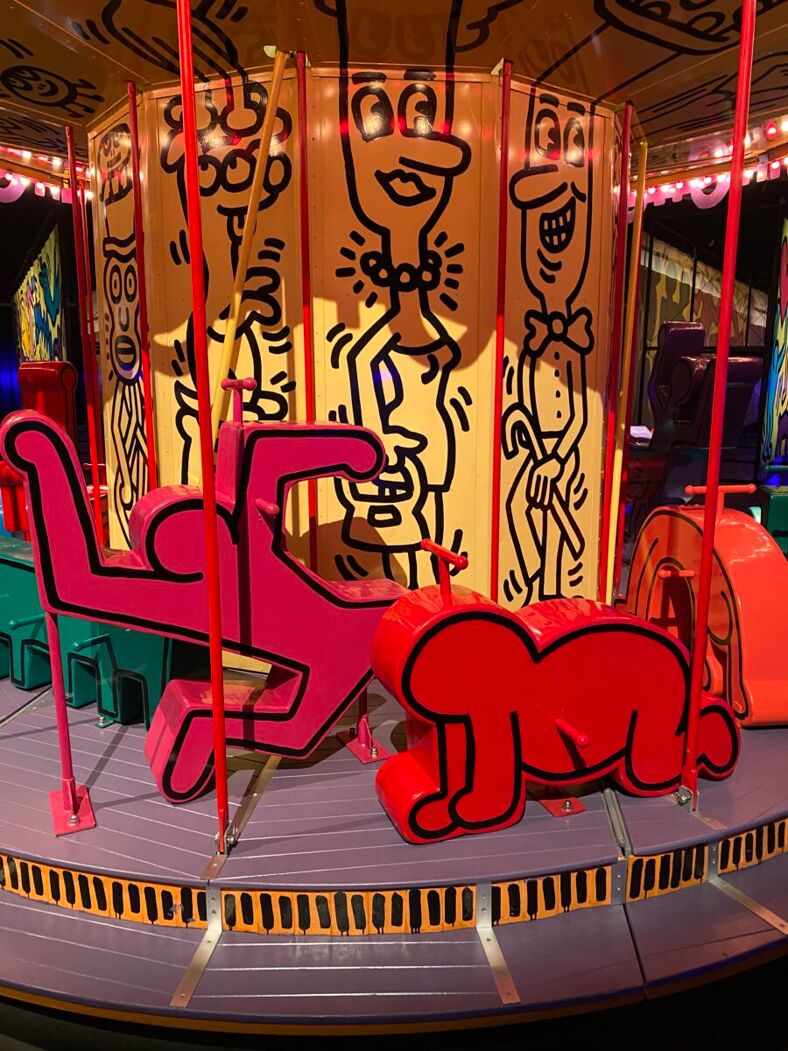
“Art should come in unconventional guises and be brought to those who might not ordinarily seek it out in more predictable settings,” Andrés Heller once posited. In 1987, Heller manifested this democratic approach to artistic accessibility when he produced Luna Luna, an interactive art-themed amusement park currently on display in Downtown Los Angeles.
Motivated by a desire to “create a terrain of modern art, then in centuries-old principal of the fairground,” the Austrian-born Heller erected Luna Luna in Hamburg, Germany, which featured avant-garde rides, murals, and interactive elements from over two dozen artists.
Nearly 40 years later, this carnival of contemporary art has been reincarnated as an immersive exhibit nestled away in one of DTLA’s many unassuming warehouses.

For the exhibit’s curatorial director Lumi Tan, the immersive aspect of this show reflects the current trend in art exhibitions. “Contemporary artists’ ambitions are growing beyond traditional museum spaces and audiences,” explained Tan. “This is the perfect time to share this historical event to inspire a new generation of artists and audiences who might not think art is for them.”
LA’s queer art aficionados and neophytes alike may be excited to see that Heller included a merry-go-round and murals by gay graffiti icon Keith Haring. As an advocate for public art, Haring naturally reflects the park’s dedication to artistic accessibility.
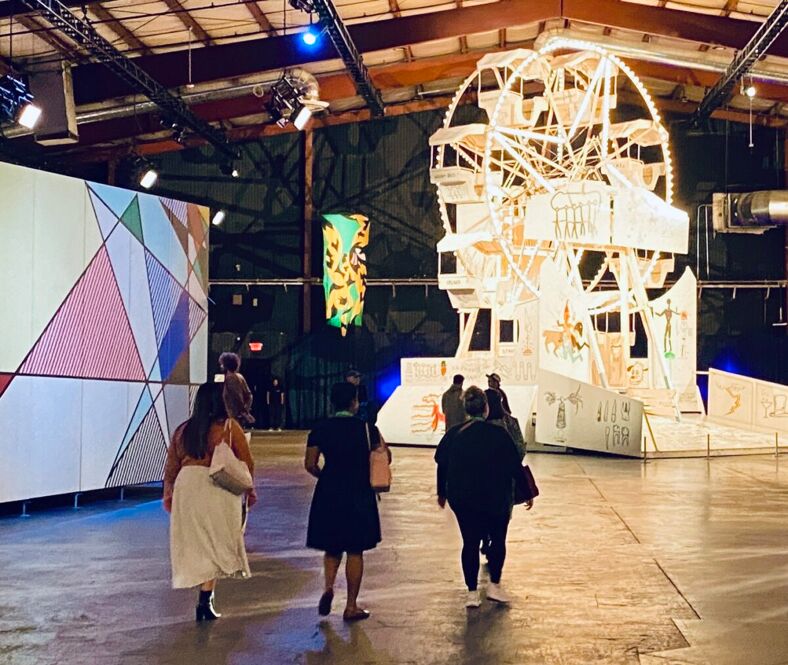
“Art is for everybody,” gay graffiti artist Keith Haring famously declared in one of his journal entries. “The public needs art and it is the responsibility of a ‘self-proclaimed artist’ to realize the public needs art, and not to make bourgeois art for the few and ignore the masses.” With the inclusion of a carousel designed by Haring, which incorporated many of his trademark elements such as faceless cartoon figures and dogs, visitors were able to ride his artwork. The experience wasn’t just visual, but visceral.
“Keith Haring aimed to make his art accessible to everyone and frequently made work in unconventional public spaces such as the New York City subways and nightclubs,” the Luna Luna tram said in a press statement. “His democratic approach to art resonates with the spirit of Luna Luna as a project sought to break conventional ways of experiencing art.”

Another gay artist included in this unique experience was long-time Angeleno (by way of England) David Hockney. Best known for his pool-centric paintings of the 1960s, Hockney’s career eventually expanded to include designing scenery for ballets and opera. This facet of his oeuvre was reflected in his contribution to the park, the Enchanted Tree pavilion. This cylindrical abstract representation of a forest utilizes a Mondrian-esque color pallet of red, blue, and green. The trees tower above the audience in an attempt to replicate a child’s perspective. Hockney elevated this experience for the audience by juxtaposing waltzes by Johann and Josef Stauss. This appreciation of music was a trait Hockney shared with Heller.
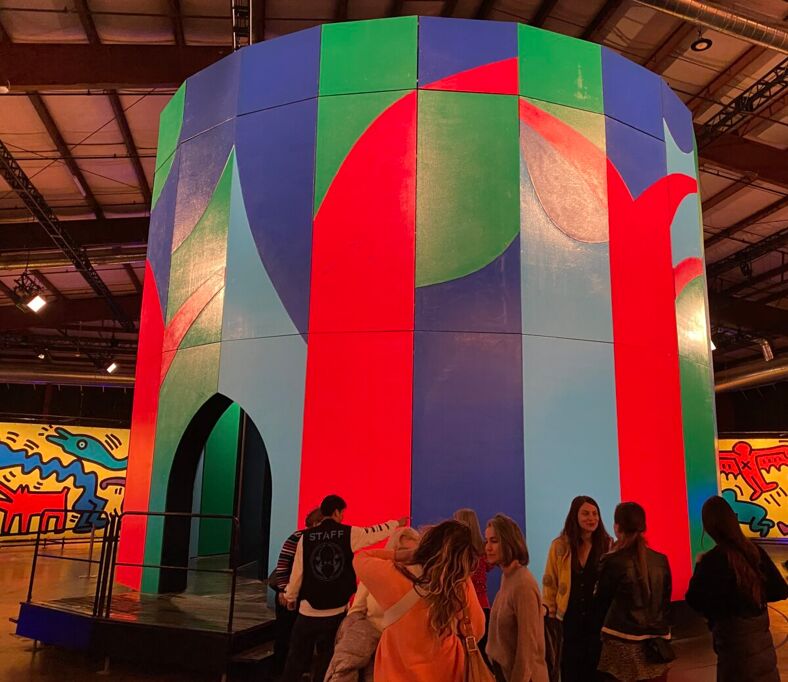
“Opera was particularly inspirational to Heller, and also David Hockney,” said the Luna Luna team. ‘In the 1970s and 1980s, Hockney designed costumes and sets for ballet and opera productions. His Enchanted Tree pavilion is based on a 1981 set design he created for the Metropolitan Opera’s restaging of Maurice Ravel’s opera, The Child and the Spells in New York. The interactive nature and use of music in his pavilion was an early preview of his recent technologically immersive works.”
Heller himself contributed to Luna Luna’s embrace of queer pride with his Wedding Chapel installation. As with most of the planet during the 1980s, same-sex marriage was illegal in Germany. This chapel rejected this institutionalized homophobia by creating a safe space where anyone could marry whoever they loved.
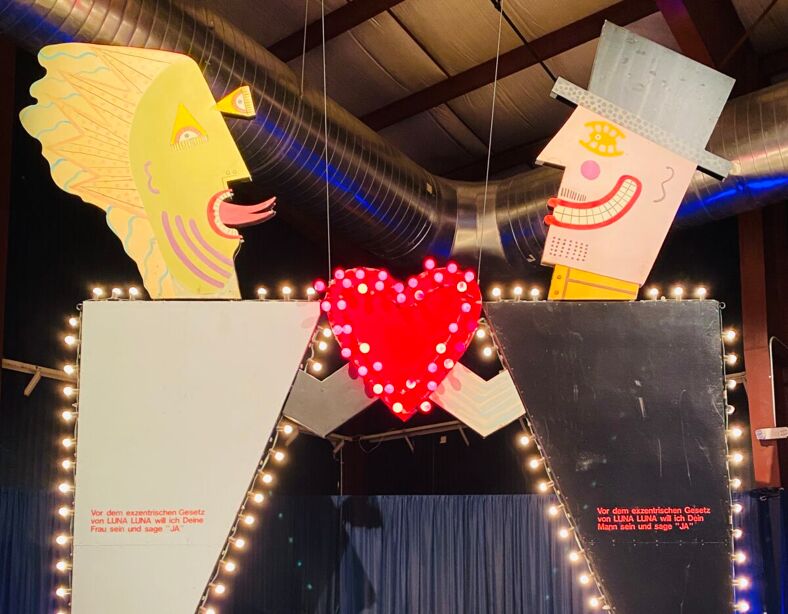
“Heller’s Wedding Chapel disrupts marriage conventions by celebrating not only romantic love, but platonic love, familial love, and self-love,” said the Luna Luna team. “Heller proposed an inclusive vision of marriage, embracing unions between friends, families, animals, and even objects. In 1987, a photographer married their camera and there were several marriages between pet owners and their animals. Wedding Chapel reflects on why marriage is still considered a matter of law: why is the government, or religion, involved? Are we supposed to stay with one person forever? Why can’t we “marry” whatever or whomever we love? Why can’t divorce be as easy as tearing up papers? In Forgotten Fantasy, Heller’s joyful message persists: love is love.”
For art lovers who aren’t able to visit Forgotten Fantasy, we’ve snatched some of our favorite pieces from this immersive art experience. Luna Luna will be viewable to the public from now until the end of April.
